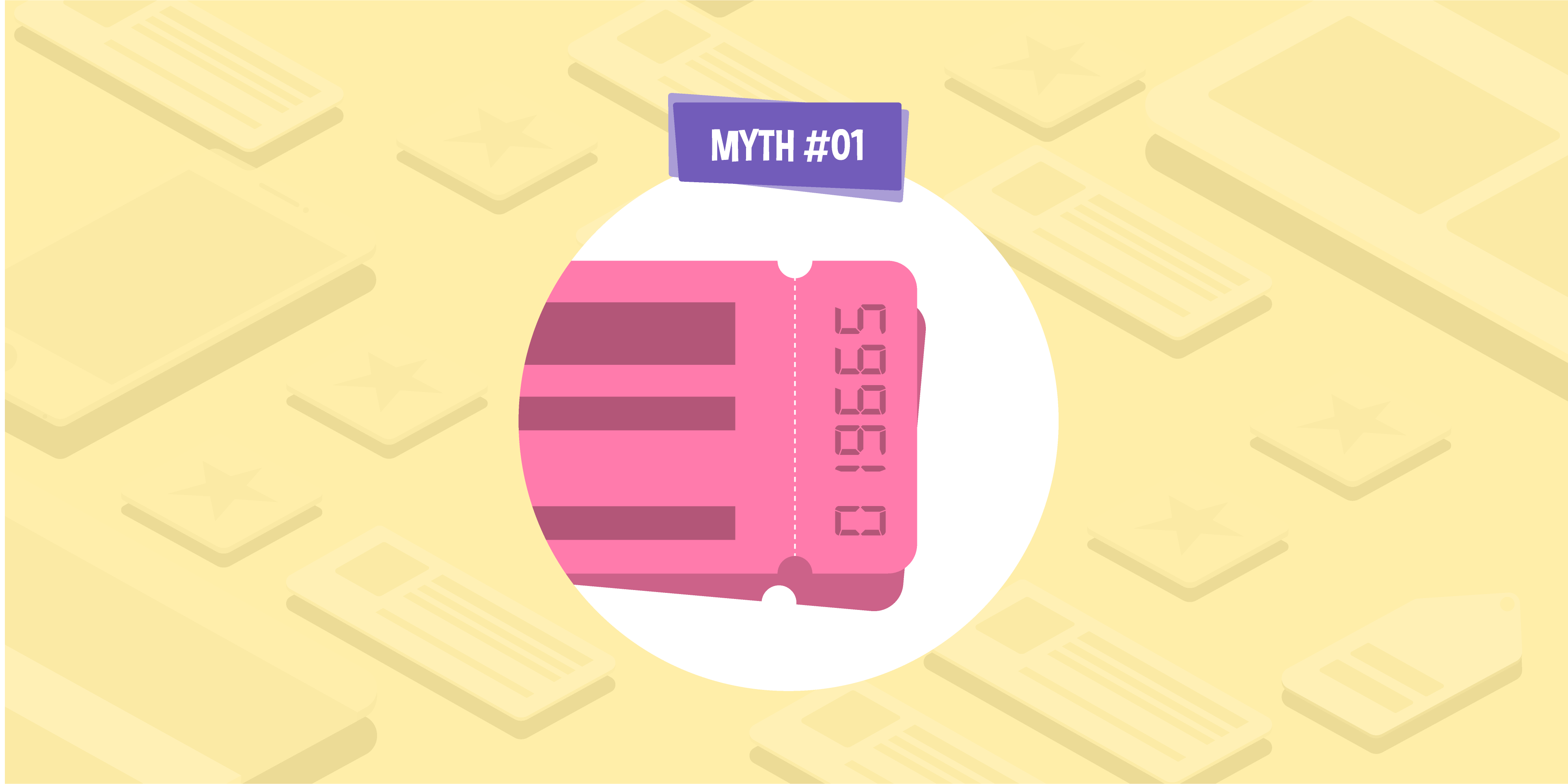
- 21 Apr 2021
- 4 Min read
4 influencer affiliate marketing tips to help you secure valuable endorsements
The influencer marketing industry is set to grow to $13.8 billion (~£9.4 billion) this year[i].
These partnerships can work in many ways. Here at Glass Digital, we’re increasingly working with influencers through clients’ affiliate marketing campaigns. The main benefit of this route is that brands can measure the impact of endorsements, with costs often tied to performance.
In this post, I’ll share my four top tips for getting started with influencer affiliate marketing.
1. Set clear goals
Before any influencer campaign is built, it’s crucial to set specific goals. What types of audiences are you trying to reach? Are there particular products or services you want to focus on? What budget is available, and what hard/soft KPIs will you be measuring?
One of the main things to consider is the suitability of each platform, both in terms of targeting and branding. For example, Facebook is often used to target an older demographic, whereas Instagram can help you engage younger consumers. However, if your offering doesn’t lend itself well to visuals, you might be better off working with a blogger.
It is also worth noting that an Instagram post (with the affiliate link in the influencer’s bio) has a shorter live span than a blog post, for example, so any brand awareness campaigns should ideally have exposure across different platforms.
Try to keep up to speed with any new social media platforms or features, too. At the moment, TikTok is the one to watch. Beauty influencers made 164% more sponsored posts in 2020 and saw engagement increase 481%, according to traackr. It’s debatable whether it’s really possible to integrate affiliate links into TikTok posts at the moment, but influencer partnerships can still be arranged on a paid basis.
2. Use UTM parameters
Whether you are tracking your campaign through an affiliate network, influencer platform, or Google Analytics, make sure to use unique UTM parameters on the campaign URLs so that they can be tracked. You can then collect and analyse KPIs such as impressions and conversions.
This will help you to measure the effectiveness of your influencer campaign on a larger scale. For example, a brand awareness exercise might not convert or drive a huge amount of sales, but it could assist a different channel in converting further down the customer journey funnel.
Collecting data will also help you to build benchmarks and case studies and identify any recurrent trends, so you can continue to improve your influencer affiliate marketing strategy.
3. Explore new segments
An influencer campaign can provide a good opportunity to tap into different demographics you wish to explore. By using carefully selected influencers, platforms, and campaign materials, you can target a very specific audience and then monitor performance.
This type of marketing works well with micro or nano influencers. The advantage of working with affiliates with a smaller number of followers is the audience tends to be more engaged and involved.
Some nano influencers will accept gifted products or a tenancy fee, but it’s typical for them to charge on a cost-per-acquisition basis, which is traditional in affiliate marketing. This means you only pay when you get results. Read our guide to learn more about the benefits of affiliate marketing for merchants.
4. Think long-term
When you’re first starting out with influencer affiliate marketing, it’s a good idea to distribute your budget strategically rather than spending it on one big campaign. You can test the water with different influencers by gifting products or offering CPA and, if campaign engagement is high, you could invest in a tenancy or further activities with them.
You might ultimately work towards having a brand ambassador: an influencer who truly understands your brand and helps you achieve your goals for the long-term.
With this in mind, it’s especially important to select partners who you feel would sincerely like your products or services. Genuine enthusiasm goes a long way in influencer marketing, as followers can often spot whether a product placement is done purely for advertising purposes.
Don’t forget that influencers must correctly tag any sponsored or affiliate content. A transparent approach reflects positively on both the brand and the influencer, and customers tend to respond well as long as the influencer and brand are well suited.
Influencer affiliate marketing is a great way to increase brand awareness and drive sales online. If you’re interested in letting an affiliate marketing agency recruit and manage influencers on your behalf, get in touch for a free and friendly consultation with the Glass Digital team.
[i] https://influencermarketinghub.com/influencer-marketing-benchmark-report-2021/

